Book Hook: Elevator Music
Book Hook: Elevator Music
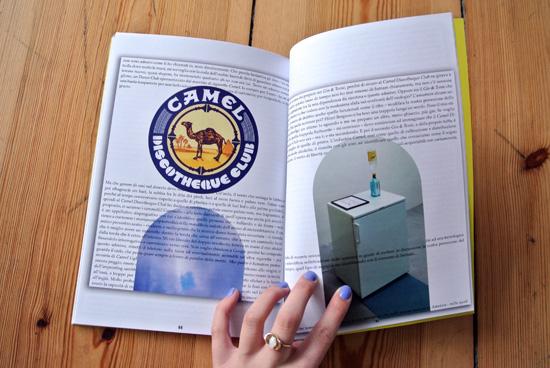
The work of Riccardo Benassi encourages slow looking and acute observations of the surrounding environment. He works primarily with installation and sound, and his book projects pick up the residue of his time-sensitive and spacial works and re-present the pieces in a new way, making connections between the temporal experience of a sound work and that of a book work.
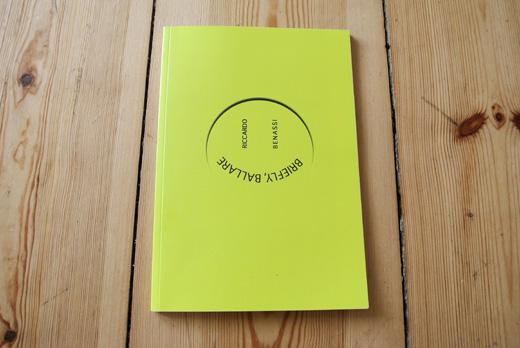
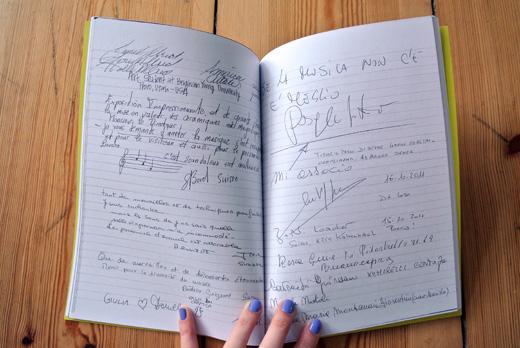
Briefly Ballare (2012) is the documentation of Benassi’s intervention in the International Ceramics Museum. His use of the existing out-of-use loudspeaker system in the gallery ceiling to play short intervals of music, a soundtrack for the museum going experience, caused many of the museumgoers to write complaints in the visitor’s book; they did not appreciate Benassi’s music made by techno synthesizers transmitting every five minutes. The experience of a contemporary artwork was not the experience they expected when visiting the ceramics collection. By having the book in front of us there is no way to have a direct encounter with the work; what Benassi provides instead is his personal account of his thought process in assessing the museum site and developing the project as well as the public’s response to the final result, the reproduction of the visitor’s book. As a special surprise, Briefly Ballare also contains a “hidden track,” an unmarked piece of another project; this insertion comes as a surprise and disrupts the otherwise logical flow of the Ceramic Museum project documentation, so that the reader undergoes a shift in experience similar to that of those who experienced the work first hand.
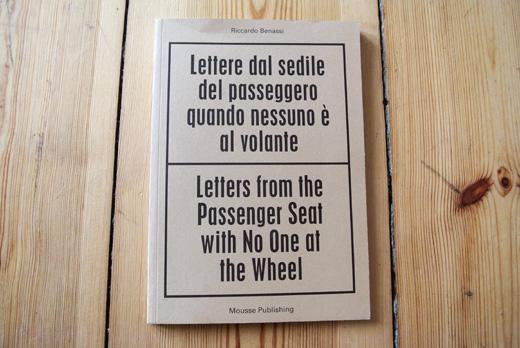
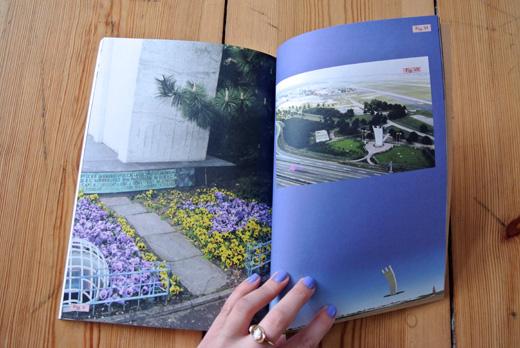
Letters from the Passenger Seat with No One at the Wheel (2010) contains stories written during a residency in Rome. The title of each story refers to architectural spaces and details, and the stories are personal accounts of encounters with these subjects, for example stumbling across the Luftbrückedenkmal and the subsequent Google Maps search and the newspaper image of upside down version in Dubai one year later. The story gives a personality to the rather lifeless monument, comparing it to an ostrich with it’s head in the ground, and also connects the past and present via chance encounters. Another story describes Benassi’s sneaky intervention in the elevator of his residency building, in which he installed a subtle sound piece, creating another slight shift in reality.
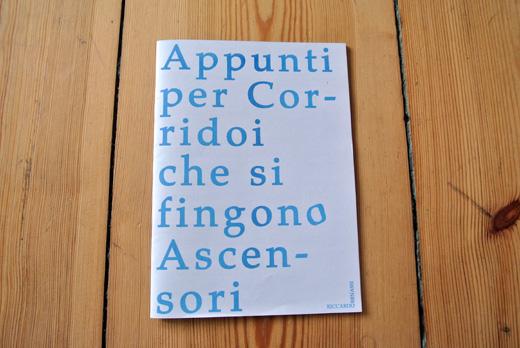
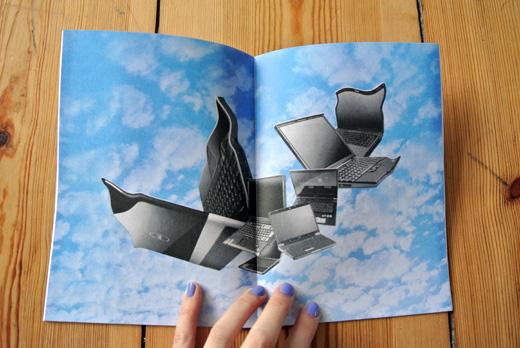
Notes for Hallways Pretending to be Elevators (2011) includes the “textual components of an installation pretending to be a performance.” This description of the installation work also applies to the book project; the text in book form feels like a book pretending to be a performance. The text fragments demonstrate to the performative aspects of immobile objects, imparting significance to banal surroundings and situations.